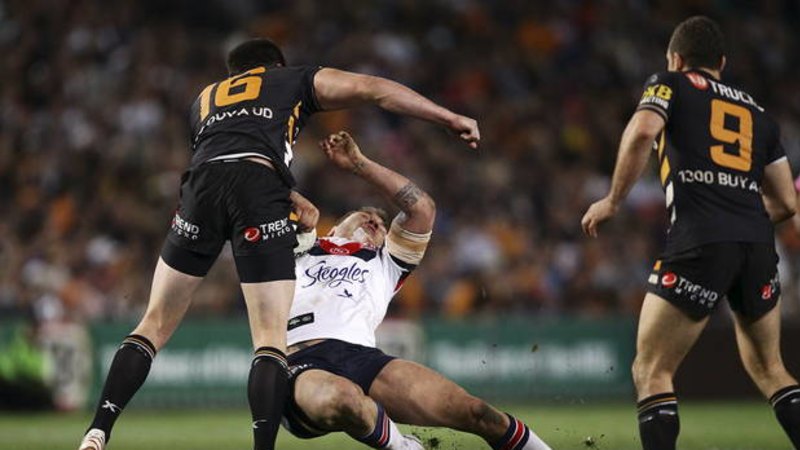In the fast-paced and physically demanding sport of rugby league, few things ignite debate and controversy quite like the shoulder charge. Revered by some as a display of raw power and aggression, condemned by others as a dangerous and reckless tactic, the shoulder charge remains one of the most polarizing aspects of the game. In this blog post, we’ll delve into the world of shoulder charges in the NRL, examining their history, impact, controversies, and the ongoing debate surrounding their place in the sport.
What is a Shoulder Charge?
A shoulder charge in rugby league involves a player making forceful contact with an opponent using their shoulder, with the intention of knocking them off balance, dislodging the ball, or halting their progress. When executed effectively, a well-timed shoulder charge can shift momentum, intimidate opponents, and energize teammates and fans alike. However, the inherently physical nature of the shoulder charge also carries significant risks, both for the player delivering the hit and the player on the receiving end.
History of the Shoulder Charge in the NRL
Shoulder charges have been a part of rugby league since the sport’s inception, with players using their bodies as battering rams to gain an advantage on the field. Throughout the decades, the shoulder charge has evolved from a common tactic to a highly scrutinized and regulated aspect of the game. In recent years, the NRL has implemented stricter rules and harsher penalties for dangerous and reckless shoulder charges, reflecting a growing emphasis on player safety and welfare.
Controversies and Incidents
Despite efforts to regulate and minimize the risks associated with shoulder charges, controversies and incidents continue to arise, sparking debate and discussion among players, coaches, fans, and pundits. High-profile incidents, such as suspensions, fines, and judiciary hearings, have brought the issue of shoulder charges into the spotlight, raising questions about player discipline, officiating consistency, and the balance between physicality and safety in the NRL.
Safety Concerns and Player Welfare
One of the primary arguments against the shoulder charge is its potential to cause serious injury to players, particularly to the head and neck area. Concussions, neck injuries, and spinal trauma are just some of the risks associated with high-impact shoulder charges, prompting calls for stricter enforcement of rules and harsher penalties for offenders. The NRL has implemented measures to protect player welfare, including the introduction of the “no shoulder charge” rule and increased scrutiny of dangerous tackles through video review and disciplinary hearings.
The Debate Continues
Despite the NRL’s efforts to crack down on dangerous shoulder charges, the debate surrounding their place in the sport rages on. Proponents of the shoulder charge argue that it is an integral part of rugby league’s physicality and tradition, adding excitement and spectacle to the game. They contend that well-executed shoulder charges are legal, effective, and can provide a strategic advantage for teams. Conversely, opponents of the shoulder charge advocate for its elimination from the game, citing concerns about player safety and the potential for serious injury.
Conclusion: Finding a Balance
As the NRL grapples with the complexities of the shoulder charge debate, finding a balance between preserving the integrity of the sport and prioritizing player welfare remains a formidable challenge. While the shoulder charge has a storied history in rugby league, its future is uncertain as the league continues to evolve and adapt to changing attitudes, regulations, and societal expectations. Ultimately, the fate of the shoulder charge in the NRL will be determined by ongoing dialogue, collaboration, and a commitment to the safety and well-being of players at all levels of the game.

